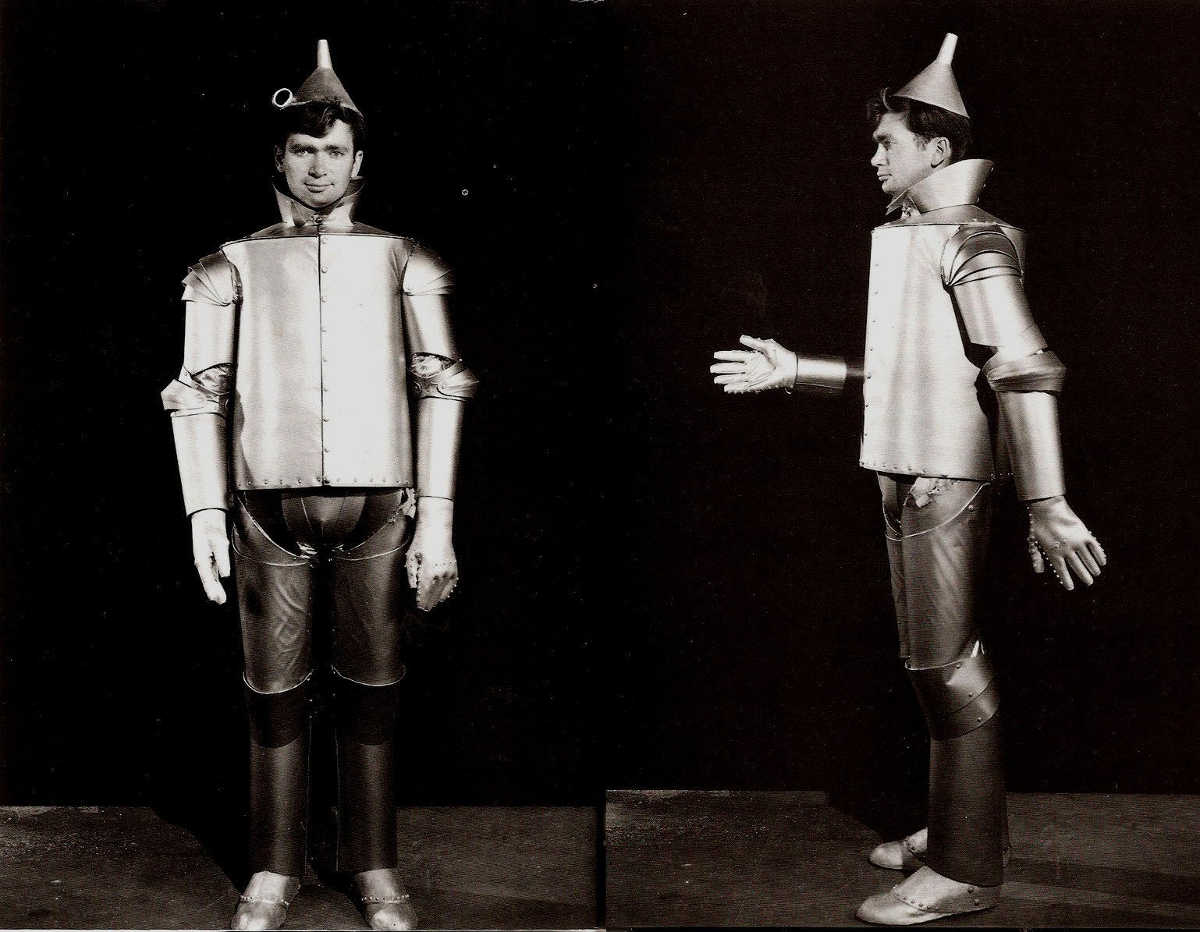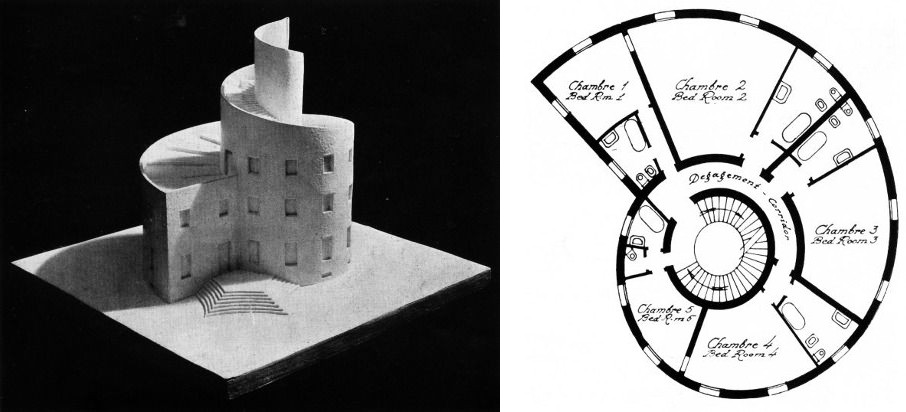
Nature, it seems, is the popular name
For milliards and milliards and milliards
Of particles playing their infinite game
Of billiards and billiards and billiards.
— Piet Hein

Nature, it seems, is the popular name
For milliards and milliards and milliards
Of particles playing their infinite game
Of billiards and billiards and billiards.
— Piet Hein
The Five Laws of Library Science, proposed by University of Madras librarian S.R. Ranganathan in 1931:
In 1998 Michael Gorman, past president of the American Library Association, added five modern tenets:
“If you have a garden and a library,” wrote Cicero, “you have everything you need.”

In the late 1950s the U.S. government built a bunker under the Greenbrier resort in White Sulphur Springs, W.Va., to “permit the continuation of the American form of constitutional government in the event of nuclear war.” The underground facility could house 535 members of Congress and 565 staff members, with separate chambers for the House and Senate and a hall large enough to hold joint sessions.
No one involved in the construction was told what they were building, but it was clear enough. Randy Wickline, who hauled 50,000 tons of concrete to the site, saw walls two feet thick and a concrete roof buried under 20 feet of soil. “Nobody came out and said it was a bomb shelter,” he told Washington Post reporter Ted Gup, “but you could pretty well look and see the way they was setting it up there that they wasn’t building it to keep the rain off of them.” (Another contractor, who’d been asked to build an “exhibit hall,” said, “We’ve got 110 urinals we just installed. What in the hell are you going to exhibit?”)
In the end members of Congress themselves expressed reservations. House Speaker “Tip” O’Neill said, “Jesus, you don’t think I’m going to run away and leave my wife? That’s the craziest thing I ever heard of.” Shortly after Gup’s story appeared in 1992, the facility was closed.
(From Kenneth D. Rose, One Nation Underground: The Fallout Shelter in American Culture, 2001.)
The Coquillars, a 16th-century company of French bandits, created “an exquisite language” “that other people cannot understand”:
A crocheteur is someone who picks locks. A vendegeur is a snatcher of bags. A beffleur is a thief who draws fools into the game. An envoyeur is a murderer. A desrocheur is someone who leaves nothing to the person he robs. … A blanc coulon is someone who sleeps with a merchant or someone else and robs him of his money, his clothes and everything he has, and throws it from the window to his companion, who waits below. A baladeur is someone who rushes ahead to speak to a churchman or someone else to whom he wants to offer a fake golden chain or a fraudulent stone. A pipeur is a player of dice and other games in which there are tricks and treachery. … Fustiller is to change the dice. They call the court of any place the marine or the rouhe. They call the sergeant the gaffres. … A simple man who knows nothing of their ways is a sire or a duppe or a blanc. … A bag is a fellouse. … To do a roy David is to open a lock, a door, a coffer, and to close it again. … To bazir someone is to kill him. … Jour is torture. … When one of them says, ‘Estoffe!’ it means that he is asking for his booty from some earnings made somehow from the knowledge of the Shell [their syndicate]. And when he says, ‘Estoffe, ou je faugerey!’ it means that he will betray whoever does not pay his part.
Jean Rabustel, public prosecutor and clerk of the court of the viscountcy of Dijon, wrote in summary, “Every trickery of which they make use has its name in their jargon, and no one could understand it, were he not of their number and compact, or if one of them did not reveal it to another.”
(From Daniel Heller-Roazen, Dark Tongues: The Art of Rogues and Riddlers, 2013.)

“What time does this place get to New York?” — Barbara Stanwyck, aboard the Queen Mary, 1930s

In 1968, Richard Proenneke left his career as a heavy equipment operator and took up an entirely new existence. He flew to a remote Alaskan lake, built a log cabin by hand, and began a life of quiet self-reliance. In this week’s episode of the Futility Closet podcast we’ll hear Proenneke’s reflections on a simple life lived in harmony with nature.
We’ll also put a rooster on trial and puzzle over a curious purchase.

One last Wizard of Oz anecdote: Buddy Ebsen was originally cast as the Tin Man, but nine days into production he was in Good Samaritan Hospital with blue skin and labored breathing. He’d spent four weeks in rehearsal, where, after many makeup tests, they had powdered aluminum dust onto his face and head. “One night, after dinner, I took a breath and nothing happened. They got an ambulance and had me down to Good Samaritan for a couple of weeks. My lungs were coated with that aluminum dust they had been powdering on my face.” Apparently it had caused an allergic reaction.
After two weeks of waiting, producer Mervyn LeRoy replaced Ebsen with Jack Haley, who was not told what had happened, though the makeup was adapted to a paste. Haley wasn’t even asked if he wanted to play the part — 20th Century Fox simply loaned him to MGM. “The type of contract I had, I had to respond to their commands. I had no choice. I was under contract, and they could lend me to any studio. It was the most awful work, the most horrendous job in the world with those cumbersome uniforms and the hours of makeup, but I had no choice.”
(From Aljean Harmetz, The Making of The Wizard of Oz, 1977.)

In 1930 French architect Emilio Terry offered a model of a spiral house that he called en colimaçon (“snail-style”), illustrating his view that architecture expressed a “dream to be realized.”
It looks odd, but the interior is relatively conventional. “Although the snail shape has been imposed on the exterior,” writes Ulrich Conrads in The Architecture of Fantasy, “no advantage is derived from it, either regarding the total volume or the interrelationship of the spatial sections.”
World War I’s final ceasefire went into effect at a precise moment: 11:00 a.m. Paris time on Nov. 11, 1918. The French had worked out a way of recording sound signals on film — they used it to infer the position of enemy guns by determining the time between the sound of a shell’s firing and its explosion. This gives us a visual record of the end of the fighting, six representative seconds from the periods before and after the armistice. (Note, though, that the minute immediately before and the one immediately after the ceasefire aren’t shown, “to emphasize the contrast.”)
I don’t have an original source for this — Time magazine credits the U.S. Army Signal Corps.

The first point to which attention should be called is that the comic does not exist outside the pale of what is strictly human. A landscape may be beautiful, charming and sublime, or insignificant and ugly; it will never be laughable. You may laugh at an animal, but only because you have detected in it some human attitude or expression. You may laugh at a hat, but what you are making fun of, in this case, is not the piece of felt or straw, but the shape that men have given it,– the human caprice whose mould it has assumed. It is strange that so important a fact, and such a simple one too, has not attracted to a greater degree the attention of philosophers. Several have defined man as ‘an animal which laughs.’ They might equally well have defined him as an animal which is laughed at; for if any other animal, or some lifeless object, produces the same effect, it is always because of some resemblance to man, of the stamp he gives it or the use he puts it to.
— Henri Bergson, Laughter, 1911